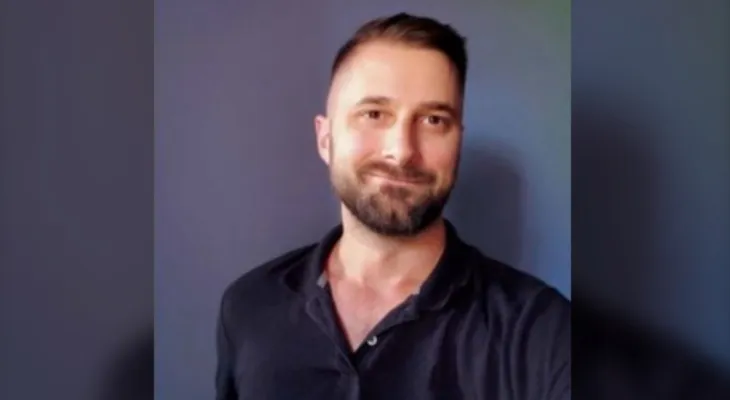Search here
Newspaper
Search here

Arab Canada News
News

Published: December 15, 2024
In a tragic incident that highlights the crisis of the healthcare system in Canada, 39-year-old Canadian Adam Bourguignon died after waiting six hours in the emergency room in Montreal without receiving the necessary medical care. Adam went to the hospital due to chest pains, nausea, and difficulty breathing. Despite undergoing an electrocardiogram (ECG) which confirmed he was not having a heart attack, he was left waiting in the waiting room until he left for home without medical follow-up. The next day, he died from an undetected aneurysm that was not identified in time.
Shocking death of a young man
Adam Bourguignon, known for his cheerful demeanor and strong personality, was a model of resilience. He grew up in Halifax, faced challenges with addiction, but overcame them and built a successful life for himself, both professionally and personally, having recently celebrated his engagement.
His friends and family expressed their shock at his sudden loss, especially since he was in good health and led an active life. His close friend, Joshua Slocum, said:
“You don’t expect a young man at this age to suddenly collapse. He accomplished so much in his life despite the difficulties he faced.”
Slocum, who experienced a heart attack at age 36, emphasized the importance of listening to the body's signals when feeling any unusual symptoms, noting that neglecting such cases can lead to tragic outcomes.
A healthcare system under pressure
This incident reveals serious gaps in the Canadian healthcare system, especially in emergency departments that are suffering from overcrowding and a lack of resources. Dr. Greg Clark, a member of the Quebec Emergency Physicians Association, pointed out that the problem lies not in the triage system itself but in the immense pressure on the entire healthcare network.
Clark explained that critical cases are prioritized for examination within 15 minutes, but patients with secondary symptoms face long waiting periods that can have dire consequences. He added:
“Patients who need non-urgent care occupy spots in the emergency room, causing delays in addressing cases that require immediate attention.”
For his part, Paul Brunet, president of the Patients' Protection Board, said:
“If you are not in a state of clinical death, the likelihood of being examined swiftly is very slim. We must find solutions to alleviate the pressure on emergency rooms.”
A call for protocol changes
Adam's family, led by his sister Shelley Amiot, has called for urgent reforms in emergency protocols, urging that aneurysms be given the same priority as heart attacks. She stated in a press release:
“We hope that triage criteria in emergency departments will be expanded to ensure early detection of aneurysms and other life-threatening conditions.”
A healthcare crisis requiring comprehensive solutions
Health experts believe that the crisis cannot be solved with superficial changes, but requires radical reform involving increased funding, improved resource management, and providing alternatives for non-urgent care such as telemedicine and direct referral programs.
Many hope that the “Santé Québec” initiative, a new agency aimed at improving the efficiency of the healthcare system in the province, will help reduce crises like the one that claimed Bourguignon’s life.
People first
The tragedy of Adam Bourguignon is a painful reminder of the need to prioritize the individual in every healthcare system. While patients are asked to be brave and demand their rights to care, the greater responsibility lies with the healthcare system to ensure that no one is left to face their fate due to neglect or delays.
The healthcare system should be a lifeline for everyone, not a test of patience or luck. Until the necessary reforms are implemented, such incidents will continue to occur, leaving behind grieving families and lost lives that could have been saved.
Comments